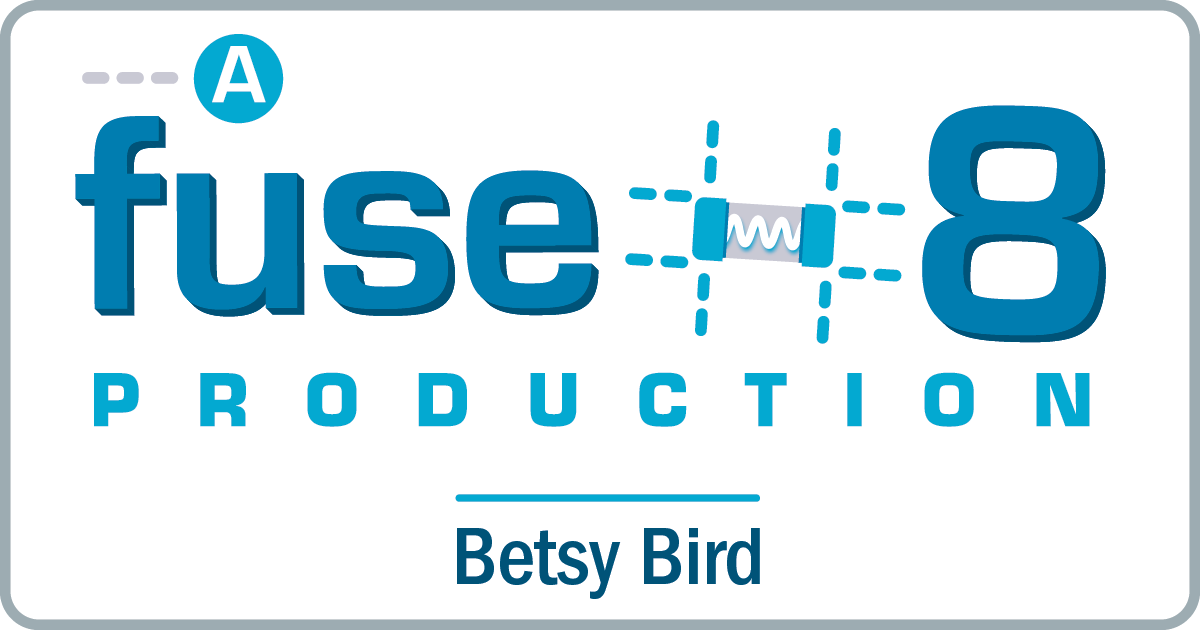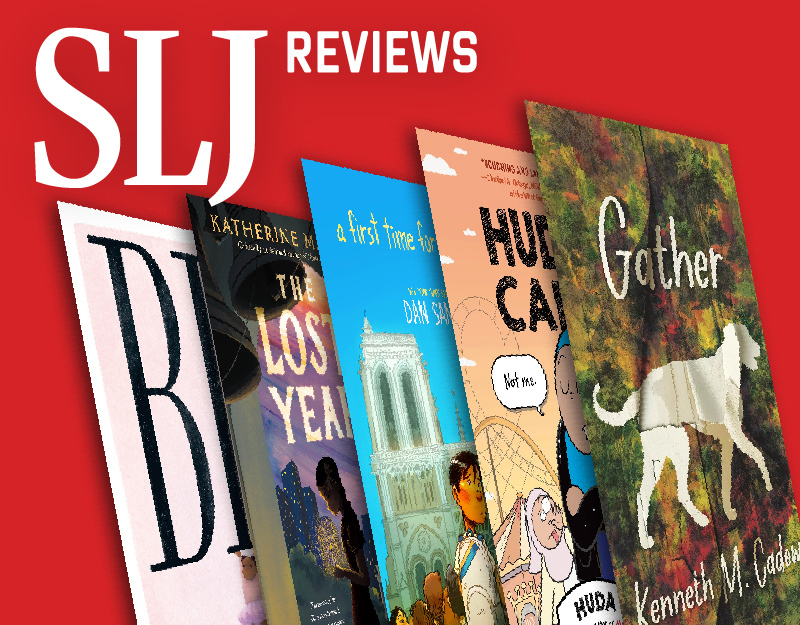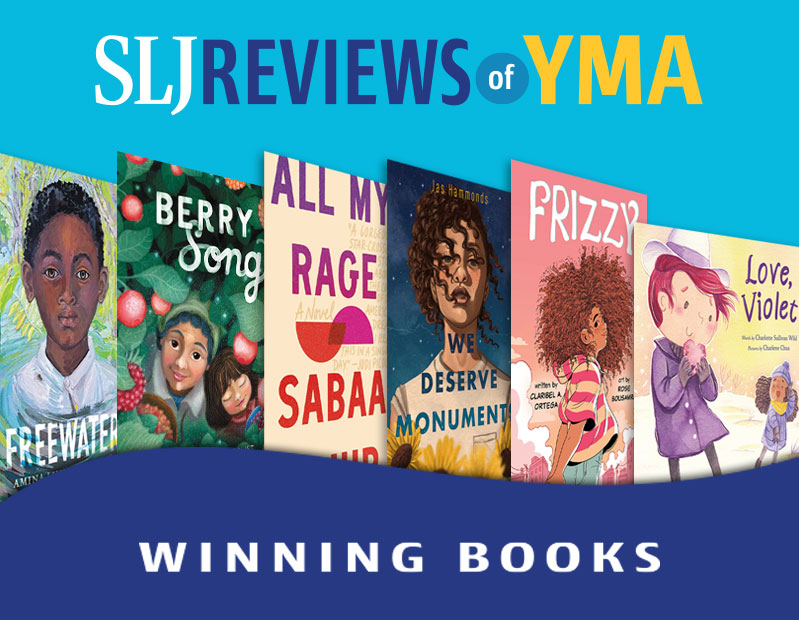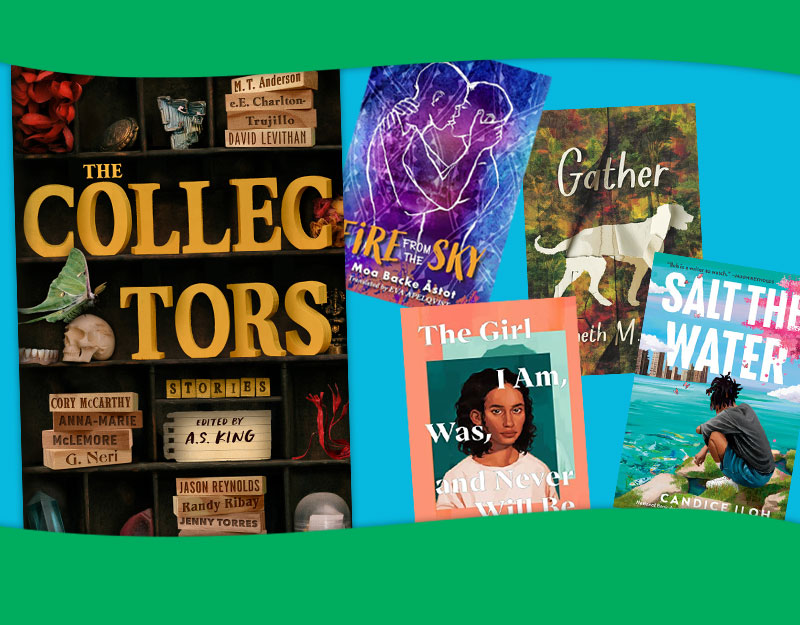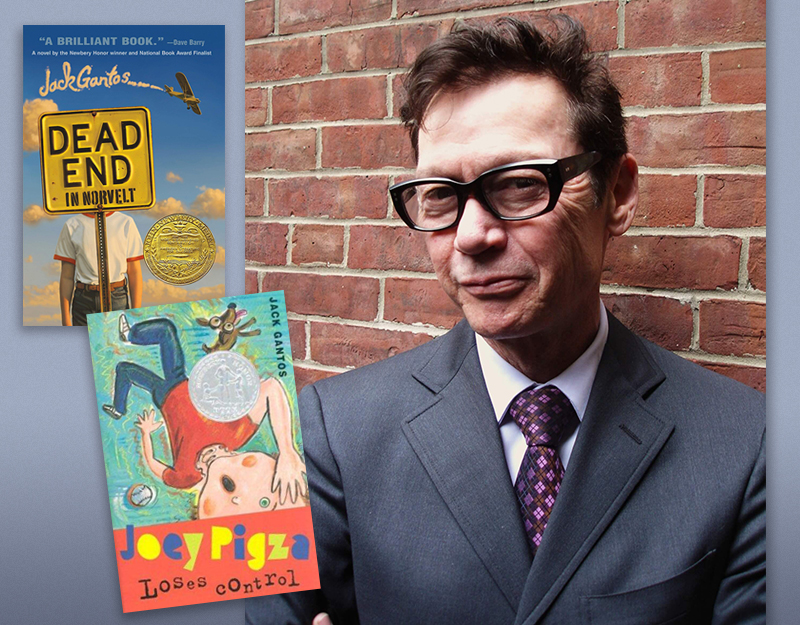Review of the Day: Emu by Claire Saxby
 Emu
Emu
By Claire Saxby
Illustrated by Graham Byrne
Candlewick Press
$16.99
ISBN: 978-0-7636-7479-3
Ages 4-7
On shelves now.
Alas for poor emu. Forever relegated to be consider a second rate ostrich, it encompasses all of the awkwardness and none of the stereotypes. Does anyone ever talk about burying your head in the sand like an emu? They do not. Are schoolchildren routinely called upon to ooh and aah at the size of an emu’s egg? They aren’t. And when you watch Swiss Family Robinson, do you ever find yourself wishing that the kids would try to saddle an emu for the big race? Not even once. Emus are the second largest living bird in terms of height, coming right after the ostrich, and you might be fooled into believing that they are the less interesting of the two. There, you are wrong. Wrongdy wrongdy wrong wrong wrong. I do not wish to start a war of words with the prominent ostrich societies of the world, but after reading Emu by Claire Saxby (illustrated by Graham Byrne) I’m a bit of what you might consider an emu convert. Chock full of interesting information and facts about what a typical emu might experience in its day-to-day life, the book is full of thrills, chills, and a species that gives stay-at-home dads everywhere a true animal mascot.
Meet the emu. Do not be offended if he fails to rise when you approach. At the moment he is safeguarding a precious clutch of eggs from elements and predators. While many of us consider the job of hatching eggs to be something that falls to the female of the species, emus are different. Once they’ve laid their eggs, female emus just take off, and it is the male emu that hatches and rears them. In this particular example, the male emu has a brood of seven or so chicks but though they’re pretty big (ten times bigger than a domestic chicken hatchling) they need their dad for food, shelter, and protection. The chicks find their own food right from the start and within three to four months they’ve already lost their first feathers. They zigzag to escape predators, live with their fathers for about a year, and have a kick like you would not believe. Backmatter of the book provides more information about emus, as well as an index.
ADVERTISEMENT
ADVERTISEMENT
 This is not what you might call Saxby and Byrne’s first rodeo show. The Aussie duo previously had paired together on the book Big Red Kangaroo, a book that did just fine for itself. Following a kangaroo called “Red”, the ostensibly nonfiction title was best described by PW as, “An understated but visually arresting portrait of a species.” For my part I had no real objections to the book, but neither did I have anything for it. Kangaroo books are not rare in my children’s rooms, though the book was different in that it was written for a younger reading level. That same reading level is the focus of Emu and here I feel that Saxby and Byrne have started to refine their technique. One of the problems I had with Red was this naming of the titular kangaroo. It felt false in a way. Like the author didn’t trust the readers enough to show them a typical day in the life of an animal without having to personalize it with faux monikers. Byrne’s art too felt flatter to me in that book than it does here. This may have more to do with the subject matter than anything else, though. Emu faces, after all, are inherently more amusing and interesting than kangaroos
This is not what you might call Saxby and Byrne’s first rodeo show. The Aussie duo previously had paired together on the book Big Red Kangaroo, a book that did just fine for itself. Following a kangaroo called “Red”, the ostensibly nonfiction title was best described by PW as, “An understated but visually arresting portrait of a species.” For my part I had no real objections to the book, but neither did I have anything for it. Kangaroo books are not rare in my children’s rooms, though the book was different in that it was written for a younger reading level. That same reading level is the focus of Emu and here I feel that Saxby and Byrne have started to refine their technique. One of the problems I had with Red was this naming of the titular kangaroo. It felt false in a way. Like the author didn’t trust the readers enough to show them a typical day in the life of an animal without having to personalize it with faux monikers. Byrne’s art too felt flatter to me in that book than it does here. This may have more to do with the subject matter than anything else, though. Emu faces, after all, are inherently more amusing and interesting than kangaroos
In terms of the text, Saxby utilizes a technique that’s proven very popular with teachers as of late. When kids in classrooms are given open reading time there can sometimes be a real range in reading levels. With this in mind, sometimes nonfiction picture books about the natural world will contain two types of text. There will be the more enticing narrative, ideal for reading aloud to a group or one-on-one. Then, for those budding naturalists, there will be a complementary second section that contains the facts. On the first two pages of Emu, for example, one side introduces the open forest with its “honey-pale sunshine” and the emu’s job while the second block of text, written in a small font that brings to mind an expert’s crisp clean handwriting, gives the statistics about emu (whether or not they can fly, their weight, height, etc.). In the back of the book under the Index there’s actually a little note about these sections. It says, “Don’t forget to look at both kinds of words”, and then writes the words “this kind and this kind” in the two different fonts.
 Artist Graham Byrne’s bio says that he’s an electrical engineer, builder, and artist. This is his second picture book and the art is rendered digitally. What it looks like is scratchboard art, with maybe an ink overlay as well. I enjoyed the sense of place and the landscapes but what really made me happy was how Byrne draws an emu. There’s something about that bright yellow eye in the otherwise impassive face that gets me. I say impassive, but there are times when one wonders if Byrne is fighting an instinct to give his emu some expression. There’s a scene of the emu nosing his eggs, his beak appears to be curling up in just the slightest of smiles. Later an eagle threatens his brood and there’s almost a hint of a frown as he runs over to the rescue. It’s not enough to take you out of the story, but such images bear watching.
Artist Graham Byrne’s bio says that he’s an electrical engineer, builder, and artist. This is his second picture book and the art is rendered digitally. What it looks like is scratchboard art, with maybe an ink overlay as well. I enjoyed the sense of place and the landscapes but what really made me happy was how Byrne draws an emu. There’s something about that bright yellow eye in the otherwise impassive face that gets me. I say impassive, but there are times when one wonders if Byrne is fighting an instinct to give his emu some expression. There’s a scene of the emu nosing his eggs, his beak appears to be curling up in just the slightest of smiles. Later an eagle threatens his brood and there’s almost a hint of a frown as he runs over to the rescue. It’s not enough to take you out of the story, but such images bear watching.
In comparing the emu to the ostrich I may have omitted certain pertinent details. After all, the emu doesn’t have it quite so bad. It appears on the Australian coat of arms, as well as on their money. There was an Emu War of 1932 where the emus actually won the day. Heck, it’s even not too difficult to find emus on farms in the United States. Still, culturally they’ve a far ways to go if ever they are to catch up with their ostrichy brethren fame-wise. Books like this one will help. I think there must be plenty of teachers out there a little tired of using Eric Carle’s Mister Seahorse as their de facto responsible-dads-in-the-wild motif. Now kids outside of Australia will get a glimpse of this wild, wacky, wonderful and weird creature. Consider it worth meeting.
On shelves now.
Source: Final copy sent from publisher for review.
Like This? Then Try:
- Mister Seahorse by Eric Carle
- The Emu That Laid the Golden Egg by Yvonne Morrison
- Can You Tell an Ostrich From an Emu? by Buffy Silverman
Filed under: Best Books, Best Books of 2015, Reviews, Reviews 2015
About Betsy Bird
Betsy Bird is currently the Collection Development Manager of the Evanston Public Library system and a former Materials Specialist for New York Public Library. She has served on Newbery, written for Horn Book, and has done other lovely little things that she'd love to tell you about but that she's sure you'd find more interesting to hear of in person. Her opinions are her own and do not reflect those of EPL, SLJ, or any of the other acronyms you might be able to name. Follow her on Twitter: @fuseeight.
ADVERTISEMENT
ADVERTISEMENT
SLJ Blog Network
Name That LEGO Book Cover! (#53)
K is in Trouble | Review
Fighting Public School Book Bans with the Civil Rights Act
ADVERTISEMENT

